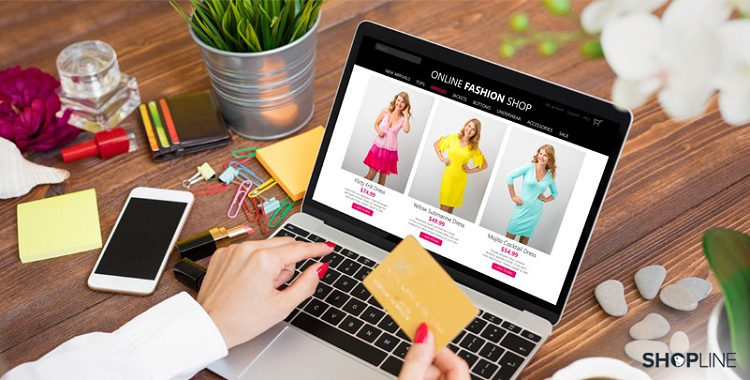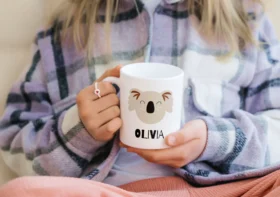Best SEO Practices for Fashion E-Commerce Stores

The online fashion industry is fiercely competitive, with thousands of stores fighting for the same audience. That’s where SEO (Search Engine Optimization) comes in. It gives your store long-term discoverability, brand visibility, and consistent organic traffic—all of which translate into more sales.
Let’s dive into the top SEO practices tailored for fashion e-commerce businesses looking to stand out in search results.
🔍 Step 1: Keyword Research Specific to Fashion
Fashion shoppers don’t just search “dress.” They search very specific terms like “boho maxi dresses for fall”.
Use keyword research tools to uncover both high-volume and long-tail keyword opportunities:
- Ahrefs – Find keyword difficulty, traffic estimates, and competitor analysis.
- Ubersuggest – Affordable and beginner-friendly keyword suggestions.
- Pinterest Trends – Spot emerging fashion trends before they peak.
📝 Tip: Build a list of keywords that match product intent (“buy black midi dress”) and lifestyle intent (“how to style a midi dress”).
✏️ Step 2: Optimize Product Titles and Descriptions
Your product titles and descriptions should tell both Google and your customers what the item is.
✅ Use descriptive, keyword-rich titles:
- Instead of “Black Dress,” try “Minimalist Black Midi Dress – Summer Collection 2025”
✅ Craft unique descriptions that:
- Include style tips, fabric details, and sizing notes
- Use related terms and synonyms like “sundress,” “casual dress,” “daywear”
💡 This helps you show up for multiple relevant searches.
🧩 Step 3: Use Schema Markup
Schema markup helps search engines understand your product data—and display it in rich snippets.
Add Product schema to show:
- Price
- Stock status
- Star ratings
- Product availability
If you’re using Shopify or WooCommerce, you can install apps or plugins like:
- JSON-LD for SEO (Shopify)
- Schema Pro (WordPress)
Rich results lead to higher click-through rates from Google.
🖼️ Step 4: Image SEO
Fashion is visual—your images must shine and support your SEO.
✅ Best practices:
- Compress images using tools like TinyPNG or ShortPixel
- Rename files:
black-midi-dress.jpginstead ofIMG12345.jpg - Use alt tags to describe the image with keywords:
“Boho-style black midi dress for summer parties”
🧠 Bonus: Well-optimized images can appear in Google Images, bringing in extra traffic.
📝 Step 5: Blogging & Internal Linking
A blog gives your fashion store a voice and boosts SEO with fresh, keyword-rich content.
💡 Blog content ideas:
- “10 Fall Essentials for Minimalist Wardrobes”
- “How to Style a Midi Dress for Every Occasion”
- “Holiday Gift Ideas for Fashion-Lovers”
Always link to relevant products or collections in your posts to guide users and spread link equity.
📱 Step 6: Mobile Optimization & Speed
More than 70% of fashion shoppers browse on mobile. If your site isn’t fast and mobile-friendly, you’re losing customers.
✅ Use themes with mobile-first design
✅ Test performance on Google PageSpeed Insights
✅ Use Shopify apps like:
- TinyIMG for speed and SEO
- Shopify AMP for fast mobile pages
📦 WooCommerce users can use plugins like WP Rocket or NitroPack.
🔗 Step 7: Build Backlinks
Backlinks (links from other sites to yours) are still one of Google’s top ranking factors.
👠 Fashion-focused backlink ideas:
- Submit your store to fashion directories like Stylight or ShopStyle
- Pitch your products to fashion bloggers and ask to be featured in trend roundups
- Collaborate with influencers for backlinks from Instagram bios, YouTube descriptions, or blog posts
Also consider HARO (Help A Reporter Out) at helpareporter.com to get quoted in media and earn high-authority backlinks.
If you want your fashion e-commerce store to stand out in a crowded space, SEO is your secret weapon.
To recap:
- Research long-tail fashion keywords
- Optimize your product titles, descriptions, and images
- Use structured data
- Blog with internal links
- Make your site fast and mobile-friendly
- Build backlinks from fashion blogs and media
Over time, your consistent SEO effort will help your store rank higher, attract targeted buyers, and become a recognized brand in the fashion space.



